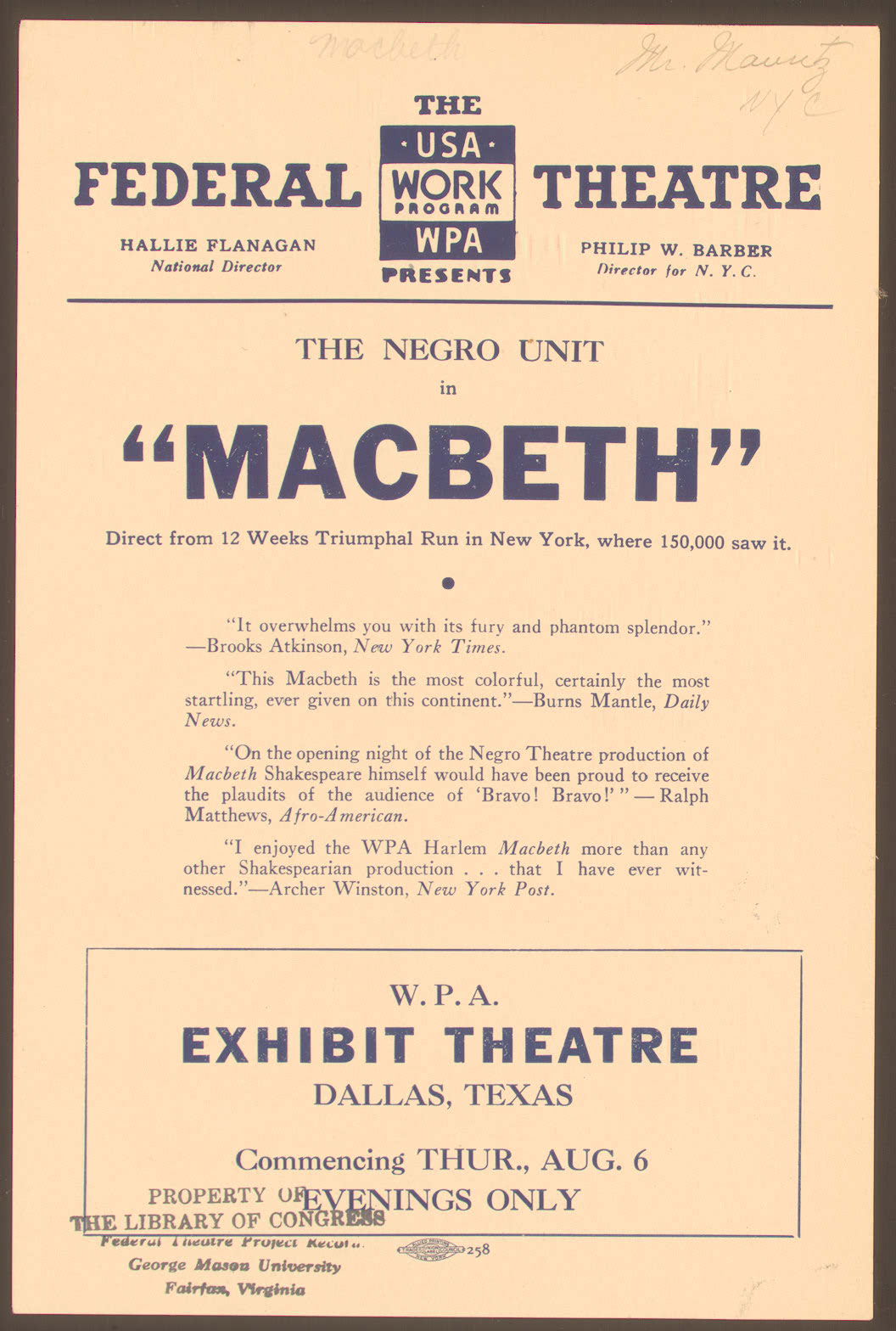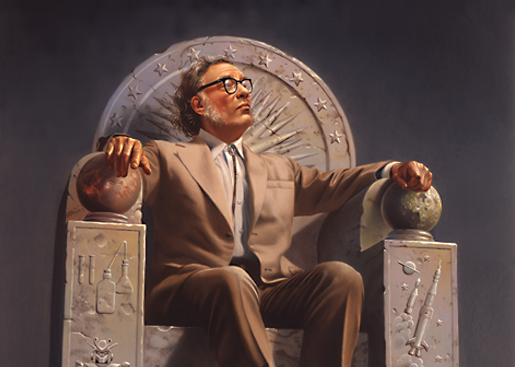Ask the man on the street what he knows about the work of Marcel Duchamp, and he’ll almost certainly respond with some description of a urinal. He would be referring to 1917’s Fountain, a piece whose unusual content and context you can get a solid introduction to in the three-minute Smarthistory video above. In it, Dr. Beth Harris and Dr. Steven Zucker discuss how and why Duchamp went down to the plumbing store, purchased a plain, simple urinal, turned it on its side, signed it, titled it, and submitted it to a gallery show.
“He made it as a work of art, through the alchemy of the artist transformed it,” says Zucker on this piece of what Duchamp described as “readymade” art. “One of the ways we can think about what art is,” says Harris, “is as a kind of transformation of ordinary materials into something wonderful. It transports us, and that makes us see things in a new way. Even though he didn’t make anything, he is asking us to see the urinal in a new way: not, necessarily, as an aesthetic object, but to make us ask these philosophical questions about what art is and what the artist does.”
And what does another artist do when confronted with all this? Brian Eno, musician, producer, and visual artist in his own right, decided to treat Fountain not philosophically, but rather literally. At Dangerous Minds, Martin Schneider writes up the story as heard from a 1993 interview on European television. Seeing Duchamp’s by-then-sacred urinal on display at the Museum of Modern Art in New York,
I thought, how ridiculous that this particular … pisspot gets carried around the world at—it costs about thirty or forty thousand dollars to insure it every time it travels. I thought, How absolutely stupid, the whole message of this work is, “You can take any object and put it in a gallery.” It doesn’t have to be that one, that’s losing the point completely. And this seemed to me an example of the art world once again covering itself by drawing a fence around that thing, saying, “This isn’t just any ordinary piss pot, this is THE one, the special one, the one that is worth all this money.”
So I thought, somebody should piss in that thing, to sort of bring it back to where it belonged. So I decided it had to be me.
Schneider also quotes from Eno’s description of the incident in his diary, A Year with Swollen Appendices, in which he describes exactly how he pulled this operation off. It involved obtaining “a couple of feet of clear plastic tubing, along with a similar length of galvanized wire,” filling the wired tube with urine, then inserting “the whole apparatus down my trouser-leg,” returning to the museum, and — with a guard standing right there — sticking the tube through a slot in the display case, “peeing” into “the famous john,” and using the experience of Fountain’s “re-commode-ification” as the basis of a talk he gave that very night.
But Eno isn’t the only one to have used Duchamp’s urinal for its original purpose. According to Art Damaged, “French artist Pierre Pinoncelli urinated into the piece while it was on display in Nimes, France in 1993,” and at a 2006 exhibition in Paris “attacked the work with a hammer” (later, and under arrest, describing the attack as “a work of performance art that Duchamp himself would have appreciated”). In 2000, “Chinese performance art duo Yuan Chai and Jian Jun Xi urinated on the work while it was on display in London,” though they could make a direct hit only on its Perspex case. “The urinal is there – it’s an invitation,” Chai explained. “As Duchamp said himself, it’s the artist’s choice. He chooses what is art. We just added to it.”
The list goes on: in 1993, South African artist and readymade enthusiast Kendell Geers peed on another one of the Fountain replicas in circulation, then on display in Venice; in 1999, Swedish student Björn Kjelltoft similarly befouled another in Stockholm. “I wanted to have a dialogue with Duchamp,” said Kjelltoft. “He raised an everyday object to a work of art and I’m turning it back again into an everyday object.” That quote appears in “Pissing in Duchamp’s Fountain” by 3:AM Magazine’s Paul Ingram, a piece offering details on all these incidents, and even photos of two of them. “These acts of vandalism, almost constituting a tradition, might be imagined as an accompaniment to the unending stream of critical commentary on this work of art, to which [this] case study makes its own contribution.” The pee-ers, perhaps, have by now made their point — but the philosophy continues.
via Dangerous Minds/Art Damaged
Related Content:
Anémic Cinéma: Marcel Duchamp’s Whirling Avant-Garde Film (1926)
Jump Start Your Creative Process with Brian Eno’s “Oblique Strategies”
Brian Eno on Creating Music and Art As Imaginary Landscapes (1989)
Colin Marshall writes elsewhere on cities, language, Asia, and men’s style. He’s at work on a book about Los Angeles, A Los Angeles Primer, the video series The City in Cinema, and the crowdfunded journalism project Where Is the City of the Future? Follow him on Twitter at @colinmarshall or on Facebook.





